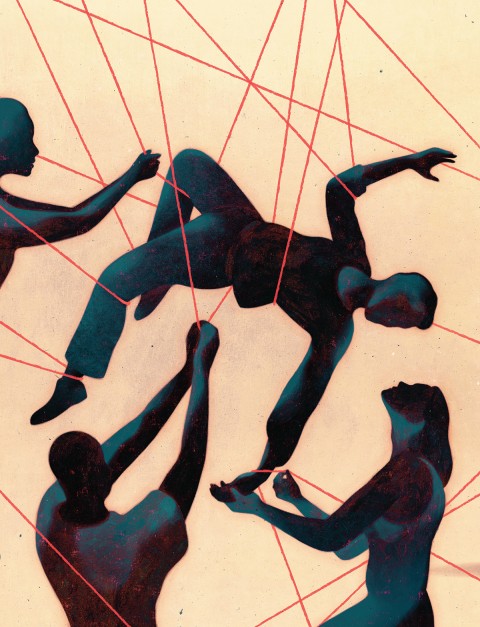What comes after clergy self-care?
I didn’t need more candles or journaling. I needed solidarity with others.

I had been advised against opening the door to the church when I was there alone, but I could see through the peephole that it was just a young woman. When I cracked the door a few inches to ask how I could help her, she pushed past me into the entry of the small narthex. She asked for someone who wasn’t there, and I warily introduced myself as the intern. She needed some money, which neither I nor the church had on hand. As I explained this, she started pressing on the front of my thrift-store pants—which again, not that it matters, contained no money whatsoever. Suddenly grasping the situation, I rather brusquely showed her out.
Then, under the unforgiving fluorescent lights and exhausted ceiling tiles, I cried—not for myself, but for a woman who apparently had no better options than cold-calling a penniless ministry intern for sex work. And when I got home, I emailed the director of my recently completed ministry program to request a referral for a therapist. I had assumed, without even thinking, that an impressive career in notable academic institutions, years of residence on Chicago’s South Side, and some time serving pleasant White churches would be enough to keep me from being overwhelmed. I was wrong.
If I were to continue down this road, I would need help. For much of the next 11 years, I was in therapy once or twice a month. I don’t remember the term self-care being current in my circles when I started, but that’s what it was, and without it, I’d have flamed out of ministry like a Perseid meteor in summer, before I could leave a trace.





